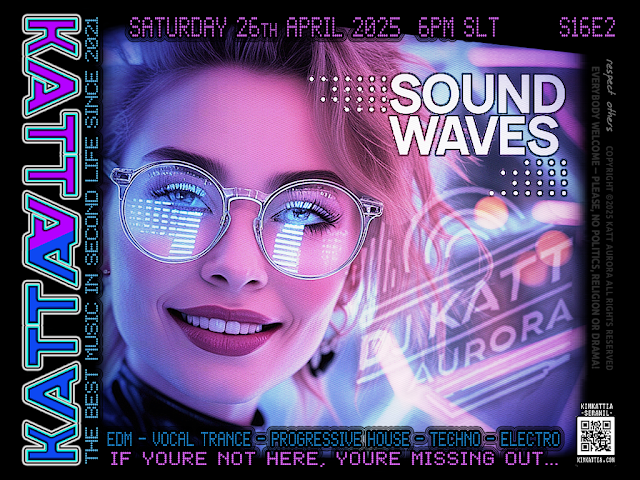A Field Guide to the Pulse of the Dance Floor: EDM, Trance, Progressive House, Techno, and Electro— as heard in the sweat-drenched sanctuary of a late-night dance party.
In the shadowy glow of lasers and strobes, where sweat glimmers like sequins and basslines throb through concrete like seismic waves, music is more than entertainment—it’s an atmosphere, a shared hallucination in rhythm. But not all beats are created equal, and within the electronic dance music universe, subgenres sculpt the mood like unseen architects. Each one has its own sonic palette, emotional tone, and secret mission. Whether you’re raising your arms at sunrise or grinding through midnight fog, here’s how to know what you’re dancing to.
EDM: The Catch-All Superclub Colossus
Let’s start with the broadest brush: EDM, short for Electronic Dance Music. Think of it as the umbrella term, a pop-culture suitcase holding many different styles inside—from commercial radio hits to underground anthems. In the context of a dance party, when someone says “EDM,” they usually mean the high-energy, stadium-sized stuff: festival-ready drops, euphoric builds, and choruses that explode with confetti and digital fireworks. It’s the soundtrack of big-tent euphoria, designed to make thousands of strangers feel like they’ve known each other forever.
At an EDM-heavy party, expect polished production, singalong moments, and crowd-pleasing theatrics. It's accessible, intense, and—depending on your taste—either emotionally transcendent or emotionally manipulative. The DJs here are rockstars, the drops are gospel, and subtlety is often left at the door.
Trance: The Hypnotic Pilgrimage
Now descend into trance, the genre that doesn’t just want to make you move—it wants to transport you. Built on rolling basslines, shimmering arpeggios, and long, sweeping build-ups, trance is all about emotional elevation. The BPM typically hovers around 130–140, but it feels faster, lifted by ethereal pads and breakdowns that seem to suspend time.
In the trance room at a party, you’ll find people with closed eyes, lost in a kind of meditative ecstasy. There’s a spiritual quality here—a sense of journey. It’s dance music with a soft heart and a cosmic compass, where the DJ isn’t just cueing tracks but guiding a collective awakening.
Progressive House: The Long Game
Progressive house is the grown-up cousin of both trance and EDM—more patient, more textured, less about the drop and more about the flow. Think of it as the deep breath between beats. The rhythms build slowly, layering melodies and textures until the room is swimming in sound.
This genre favors slow burns over cheap thrills. At a party, progressive house creates that magical “in-between” moment—the hours where night isn’t quite over, but morning isn’t quite real. It's seductive rather than explosive, less about taking off your shirt and more about rolling up your sleeves and feeling something. It often bleeds into emotional territory, yet maintains a kind of cool restraint.
Techno: The Mechanical Soul
Techno is raw, minimalist, and—despite its cold exterior—deeply visceral. Born in Detroit but refined in Berlin's warehouses, it's all about repetition, texture, and rhythm. No catchy choruses here, no sparkling drops. Just a relentless 4/4 beat, industrial overtones, and a darkroom intensity that either terrifies or frees you.
In a techno space, the dancefloor feels like a factory on fire. The crowd becomes a machine. There's rarely a “hook,” but that’s not the point. Techno is about the grind, the trance-like state achieved by endurance. It’s sweat-slick, cerebral, and unforgiving. If EDM is a party, techno is a ritual.
Electro: The Funk of the Future
Finally, we arrive at electro—not the misused synonym for all things electronic, but the genre rooted in '80s machine funk. Electro is where breakbeats meet robotic voices, where syncopation replaces the 4/4 stomp. Think Kraftwerk colliding with a street dancer’s boom box.
In the right hands, electro is fierce and funky, merging sci-fi aesthetics with body-rocking grooves. It’s the genre for those who want to dance differently—jerky, angular, unpredictable. An electro set at a party is like a glitch in the Matrix: cool, mechanical, but strangely soulful. It rewards the brave and confuses the passive.
The Dance Floor Dialect
Each of these genres speaks its own language, appealing to different instincts and emotions. Some pull you inward; others blast you outward. In the ever-evolving organism of a dance party, these styles might not stay separate for long—DJs blend, merge, and mutate them like alchemists. What starts as a techno set might bloom into progressive; an EDM anthem may lean into trance halfway through.
But understanding these genres gives you the map—and once you’ve got that, you can choose your journey, whether you want to ascend, dissolve, march, or melt.
After all, the beat may be endless, but how you move to it? That’s the real story.



